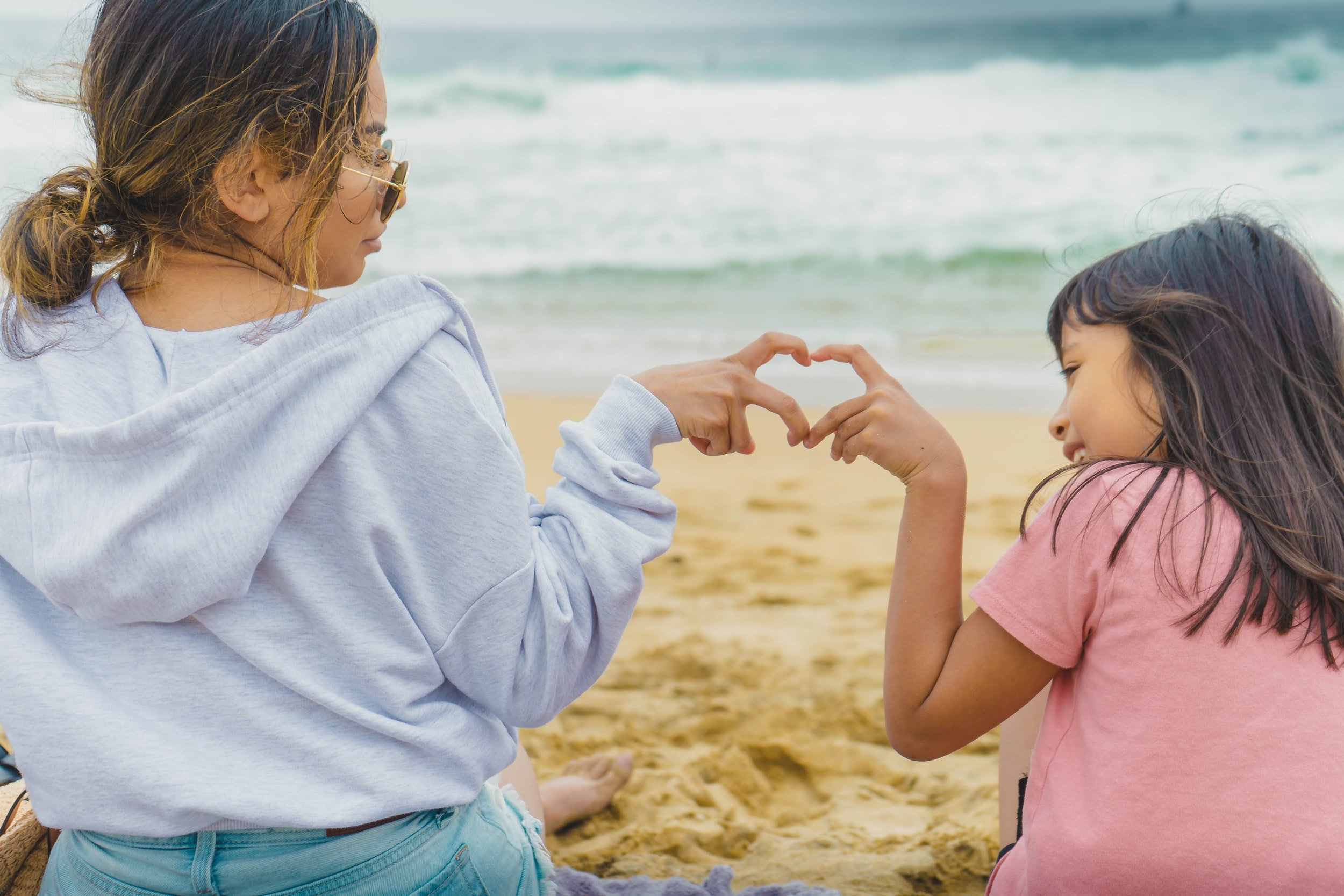Sunburns: a 3 step approach
Even for parents who try to be diligent about sun protection, sunburns can still happen. Here is a 3 step guide so you know what to do if you end up in this situation.
An overview
UV rays cause skin damage and injury, and this can happen even within 20 minutes of sun exposure. Even mild redness is an indication of skin damage, and there is strong data to suggest that even a single blistering/severe sunburn in childhood measurably increases the risk of skin cancers such as melanoma in adulthood. Recurrent burns make that risk higher.
Additionally, especially in infants, sunburns can become quite severe quite quickly leading to dehydration, heat exhaustion or heat stroke.
Prevention is critically important. Wear the sunscreen, the UPF clothes, and reiterate the importance of avoiding tanning beds. Teach your children (and teens) good habits, and model them yourself.
Identifying a sunburn
Symptoms of sunburn tend to begin about 4-10 hours after exposure to the sun but can get progressively worse for 1-2 days, so you may not really know the severity of the sunburn for awhile after it occurs.
Things to watch for:
First-degree burns:
Red, swollen, tender skin
Occasional mild peeling
Second degree burns (more severe)
Blisters on the skin
Widespread peeling of skin
Can also cause more serious systemic symptoms, especially if coupled with significant heat exposure: chills, weakness, fatigue, fever, headache or other symptoms.
Always cause your pediatrician if you have any concerns about sunburn (especially in a young child).
3 steps to know
In general, principles to manage sunburn are similar to the principles of managing other burns. So if you start to notice reddening or discomfort, follow these 3 steps:
Cool
Get your child out of the sun right away
Use cool compresses (not ice!) or try a lukewarm bath to help relieve the discomfort
Cover
Pat the skin dry (no rubbing)
Apply a thick moisturizer containing aloe vera or soy.
The Pediatrician Mom Tip: Keep 100% Aloe Vera in the fridge during your summer vacation so it is cooler to apply to tender, burned skin.
You can also use a topical steroid like hydrocortisone 2-3 times per day, but do not use any products with “-caine” (eg benzocaine, lidocaine) because these often irritate the skin further.
In general, topical antibacterial ointment is not recommended.
Protect
Prevent further sun exposure/damage.
Wear light, tightly woven clothing if you must be outdoors.
If the skin blisters, do not pop the blisters. This indicates the burn is a second-degree burn and the blisters actually help to protect the skin and allow healing. If the blisters break open on their own, carefully trim away dead skin (this will not be painful because the dead skin has no nerves).
Keep the area clean and wash gently with soap and water twice per day. Monitor the area for infection.
The Pediatrician Mom Tip: If the skin is wet or oozing, use a non-adherent gauze to help keep the area protected.
Other tips
If in pain, consider an over-the-counter anti-inflammatory medication such as Tylenol or Ibuprofen (download dosing sheet in guide section). Never use Aspirin in kids.
Burns increase fluid loss. Make sure your child stays hydrated (tips here).
Monitor closely for infection
The Pediatrician Mom Tip: YES, it is absolutely possible to get a sunburn if you have dark skin, or on a cloudy day. In fact, you may be more likely to get burned on a cloudy day because there is a tendency to stay outdoors longer. Everyone needs to use sunscreen, every day.
When to call the pediatrician
This is not a comprehensive list. In general, always err on the side of calling your pediatrician if you have any concerns about your child. There is a lot to be said for a parent’s gut instinct, and I promise: your pediatrician would rather you called!
If your child is not improving within a few days, or if they seem to be getting worse, call your pediatrician. Other concerning symptoms include:
Any sunburns in infants under age 1
Burns and blisters over large swaths of the body
Burn in delicate areas (face, genitals)
Very uncomfortable, looking/acting sick, or any systemic symptoms (eg. fever, chills, light-headedness or altered mental status, weakness, nausea or vomiting, headache)
Signs of a skin infection (eg. increased redness, swelling, pus, warmth, pain)
Dehydration
I hope that your children never have to deal with a sunburn, but just in case, hopefully these practical pointers help you manage them like a pro.
As always, call your pediatrician if you’re concerned!




